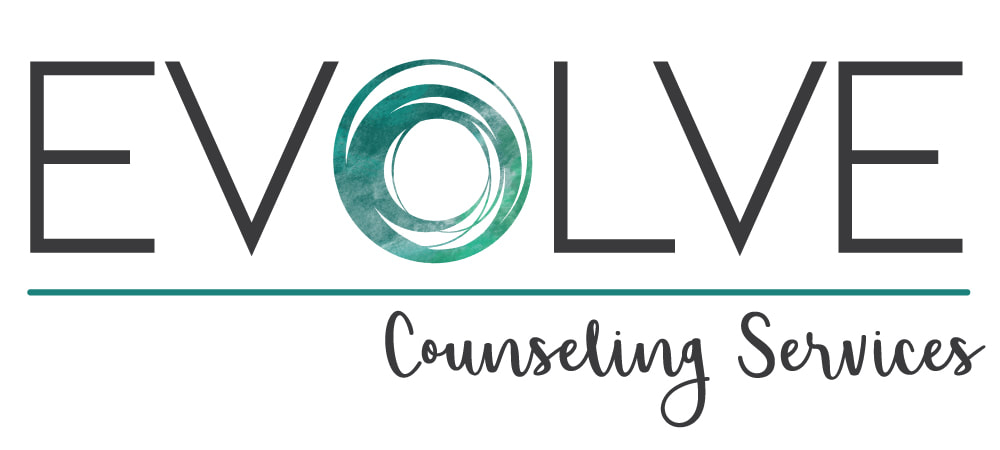
What Influences Body Image: Understanding the Root Causes
August 8, 2024
Is Body Dysmorphia a Mental Illness? Understanding the Classification of BDD
August 15, 2024Body dysmorphia disorder (BDD) is a mental health condition characterized by an obsessive focus on perceived flaws in one’s appearance, which are often unnoticeable to others. Understanding body dysmorphia symptoms and how to recognize them is essential for seeking appropriate help. This blog will guide you on how to realize if you’re suffering from body dysmorphia disorder by identifying the key symptoms and behaviors associated with this condition.

Understanding Body Dysmorphia Disorder
Body dysmorphia disorder involves a distorted view of one’s appearance, leading to significant distress and impairment in daily functioning. People with BDD may fixate on specific body parts, such as the skin, hair, nose, or other areas, believing they are severely flawed or deformed. This condition can affect anyone, regardless of age or gender.
Body Dysmorphia Symptoms
Recognizing the symptoms of body dysmorphia is the first step in identifying whether you might have this disorder. Here are some common body dysmorphia symptoms to look out for:
1. Obsessive Preoccupation with Appearance
One of the primary symptoms of body dysmorphia is an excessive preoccupation with perceived flaws. This obsession can consume several hours a day and interfere with daily activities.
2. Compulsive Behaviors
Individuals with body dysmorphia often engage in repetitive behaviors to check, hide, or fix their perceived flaws. These behaviors may include:
- Mirror Checking: Frequently looking in mirrors to scrutinize appearance.
- Camouflaging: Using makeup, clothing, or accessories to cover perceived defects.
- Seeking Reassurance: Constantly asking others for validation or reassurance about their looks.
- Skin Picking: Picking at the skin to remove perceived imperfections.
3. Avoidance of Social Situations
People with body dysmorphia may avoid social interactions, public places, or activities where they feel their appearance might be scrutinized. This avoidance can lead to social isolation and negatively impact relationships.
4. Distorted Body Image
A distorted perception of one’s body is a hallmark symptom of body dysmorphia. Individuals may perceive themselves as ugly, deformed, or abnormal despite reassurance from others that their appearance is normal.
5. Severe Emotional Distress
Body dysmorphia can cause intense emotional distress, including feelings of shame, embarrassment, anxiety, and depression. This distress can significantly impair daily functioning and quality of life.
How Do You Know If You Have Body Dysmorphia?
If you suspect you might have body dysmorphia, it is essential to reflect on your thoughts and behaviors related to your appearance. Here are some steps to help you determine if you might be experiencing this disorder:
1. Reflect on Your Thoughts and Behaviors
Consider how much time you spend thinking about your appearance and whether these thoughts cause significant distress or interfere with your daily life. Ask yourself the following questions:
- Do I constantly worry about specific parts of my body?
- Do I engage in repetitive behaviors like mirror checking or camouflaging?
- Do I avoid social situations because of my appearance?
2. Keep a Journal
Maintaining a journal can help you track patterns in your thoughts and behaviors. Write down instances when you feel distressed about your appearance, what triggered these feelings, and how you responded. This can help you identify recurring themes and potential symptoms of body dysmorphia.
3. Use Self-Assessment Tools
Several self-assessment tools and questionnaires are available online to help you gauge your symptoms. While these tools are not a substitute for a professional diagnosis, they can provide insight into whether you might be experiencing body dysmorphia.
Seeking Professional Help
Self-recognition can be a helpful starting point, but seeking professional help for an accurate diagnosis and effective treatment is crucial. Mental health professionals, such as therapists and psychologists, can provide a comprehensive evaluation and develop a treatment plan tailored to your needs. Treatment for body dysmorphia often includes cognitive-behavioral therapy (CBT) and medication to help manage symptoms and improve quality of life.
Recognizing and Addressing Body Dysmorphia Disorder
Recognizing the symptoms of body dysmorphia is crucial for self-recognition and seeking appropriate help. By reflecting on your thoughts and behaviors, keeping a journal, using self-assessment tools, and comparing your experiences with diagnostic criteria, you can gain insight into whether you might have body dysmorphic disorder. However, professional help is essential for an accurate diagnosis and effective treatment. If you suspect you have body dysmorphia, don’t hesitate to reach out to a mental health professional for support and guidance. Remember, understanding and addressing body dysmorphia is the first step towards a healthier, more positive relationship with your body.
____________________________________________________________________________
Looking for treatment for an eating disorder, anxiety, depression, trauma, or postpartum mood disorder?
Evolve Counseling Services is a specialized team of Licensed Therapists providing treatment in Paoli.


